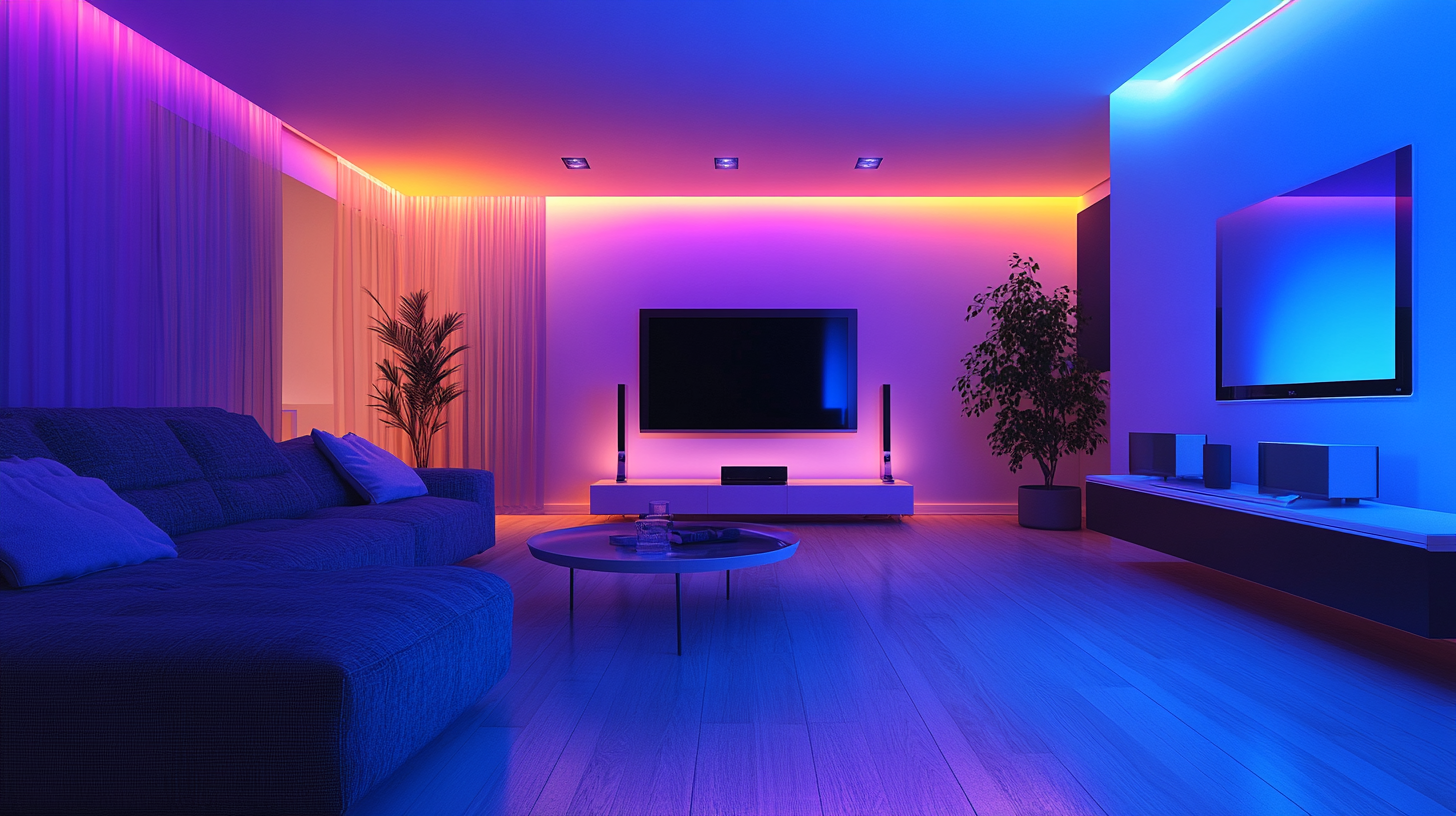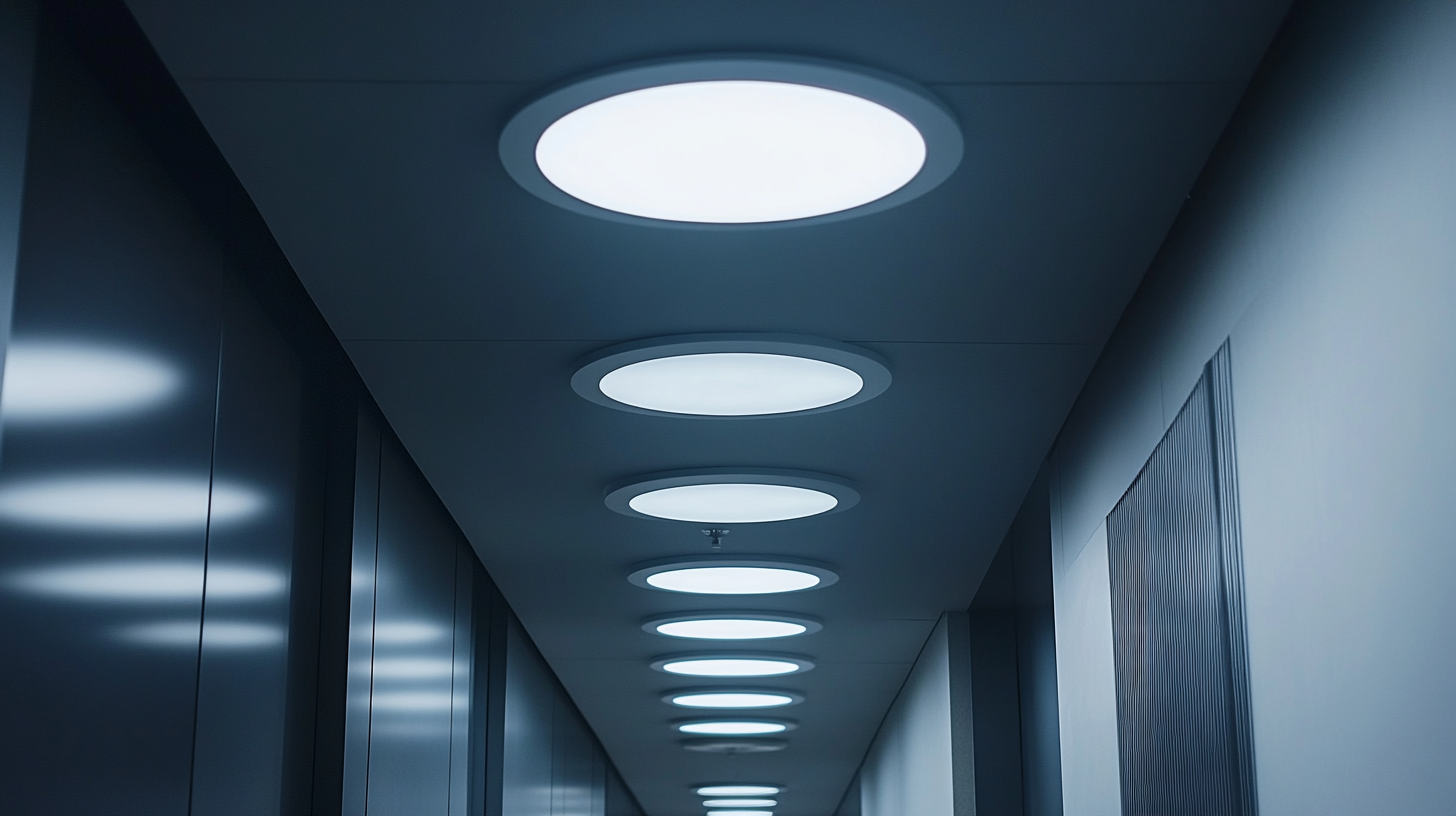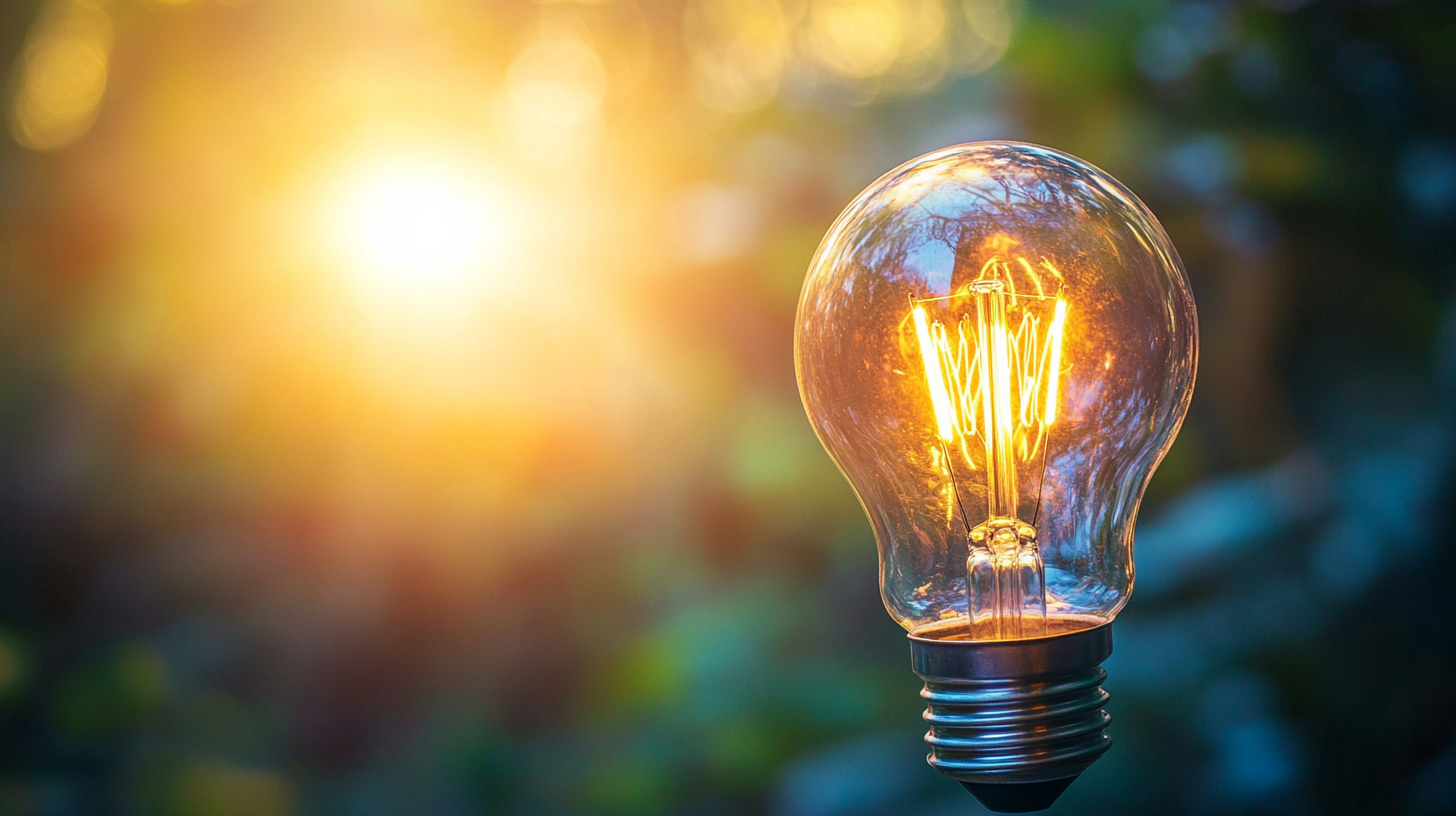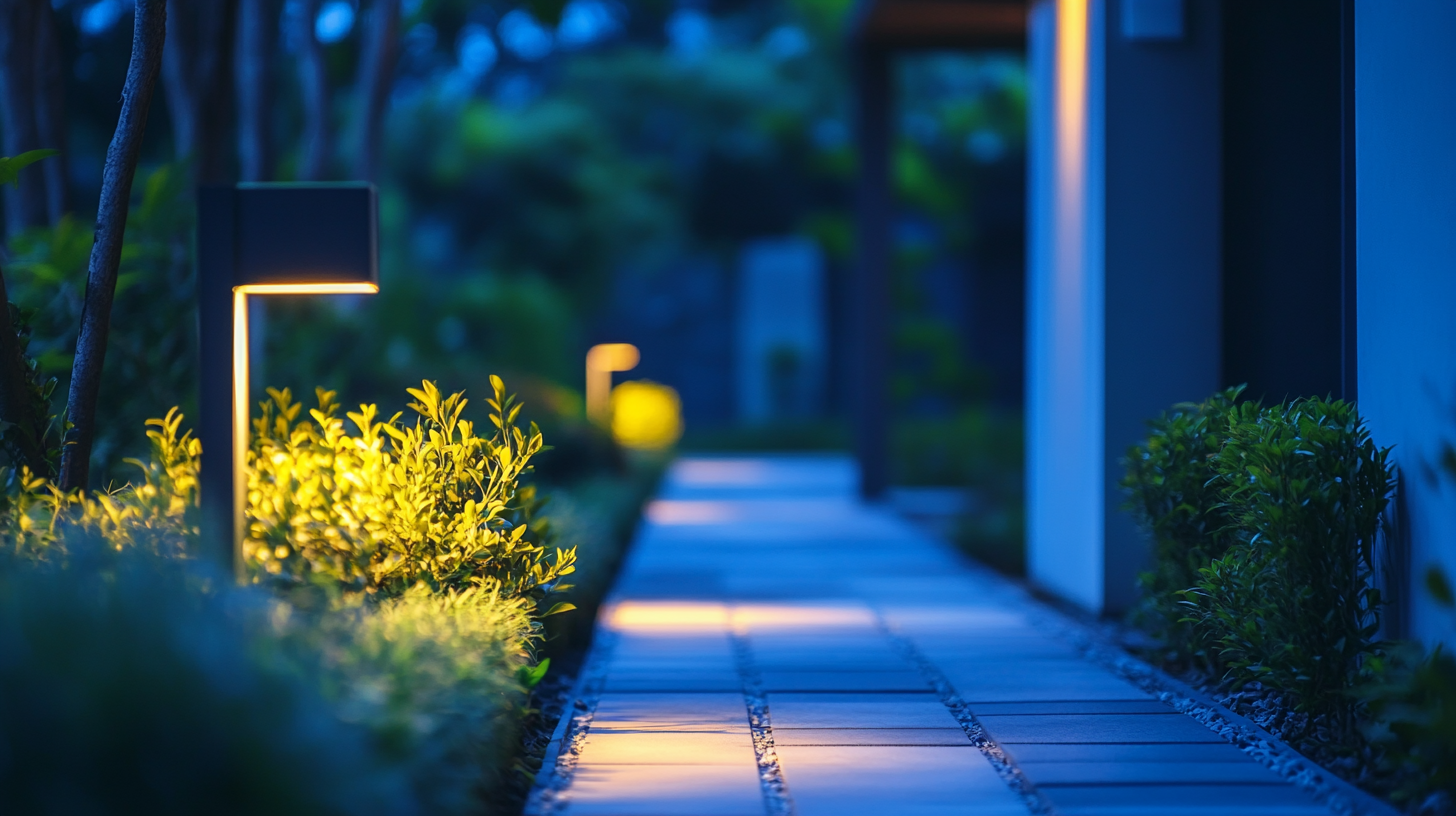Unlocking the Future of Illumination with Smart Led Technology Driving Energy Efficiency and Cost Savings
Smart LEDs are a revolution in lighting in a world where energy efficiency and sustainability are priorities. Traditional lighting systems use huge amounts of energy and come at exorbitant operating costs. In contrast, Smart LEDs are a new breed of lighting system that reduces energy use and enhances the lighting experience. It encompasses features like remote control, automation, and adaptability-the user can adjust lighting environments to fit specific needs-which translates into substantial savings and greener practices.
The Smart LED lighting world-becomes apparent that this technology is far from any passing fad; it is an essential trigger for the advancement of sustainable living. Smart technology can give us bright and efficient spaces by reducing our overall carbon footprint. This blog will look at how it benefits Smart LEDs while analyzing the energy consumption, maintenance costs, and user engagement aspects linked to Smart LEDs, lighting up the way toward a more efficient and sustainable tomorrow.

The Evolution of LED Technology: From Conventional to Smart Solutions
Indeed, further developments in the light-emitting diode (LED) technology made it worth following the remarkable journey of conventional transition lighting towards advanced smart systems. Lighting then was defined most simply as illumination through incandescent light bulbs. However, demands for higher energy efficiencies decided the next transformation of light source technology. The introduction of LED light sources completely changed the lighting industry, providing brighter, longer-endurance, and energy-efficient lighting options. As the story goes, the latest twist is smart LED tomorrow-hence smart lighting itself. They will have adaptive brightness control and interactive, affordable keynote controls, designed for some futuristic conditions in homes. Industry conferences highly speak of the simple association thrilled with the lighting in view of the rapidly growing requirement for intelligent urban environments and smart home technologies. As smart cities are growing in numbers, their lighting systems can now sync and talk with other devices, optimizing energy use and enhancing user experience. Moreover, it is anticipated that synthetic intelligence innovations will pioneer how the industry will take up LEDs in the future. In the blink of an eye, AI is developing new technologies that would give unparalleled customization and efficiency, enabling real-time adjustments according to user behavior, ambient conditions, and other factors. Given that the market for smart lighting measures its expansion by projecting high growth in volumes within the next few years, the place where such importance is given to going green and cost-effective solutions makes smart LED technology a very fundamental part of contemporary illumination strategies.

Energy Efficiency: How Smart LEDs Reduce Consumption by Up to 80%
This smart LED technological advent is really a major turning point in the quest for energy efficiency. Studies conducted recently have found that smart LEDs could prove to consume up to 80% lesser energy than traditional sources of lighting. This significant number does not only emphasize the available amount of savings that can be obtained in homes and commercial settings, but much more acknowledges commitments to sustainability and reduction in impacts on the environment.
According to a report by the U.S. Department of Energy, an estimated 348 Tera watt-hours (TWh) can be saved through transferring to LED lighting by 2027: enough to power approximately 30 million homes for a year. Smart LEDs with advanced features such as remote monitoring/control, automated scheduling, and adaptive dimming add up to the savings by using real-time energy needs to optimize energy usage.
This is in addition to what is generally huge savings in energy consumption; however, it is interesting to realize some financial ramifications as well. The estimates of the National Commercial Building Energy Audit Software suggests that return investments for businesses implementing smart LED will come within a few years because of the lower bills due to energy saving and because the lightbulbs have substantially longer life spans. For example, most LED light bulbs are rated at about 25,000 hours lifespan, while incandescent bulbs have an average lifespan of only about 1,000 hours. Longevity translates to lower maintenance and less downtime, which makes going to smart LED technology even more financially feasible.

Cost Savings Analysis: Evaluating the Long-Term Financial Benefits of Smart LED Adoption
Smart LED technology is the off course move, but the most significant move into energy efficiency driving down operating costs. In consideration, lighting solutions evaluation for many companies will concentrate on financial paybacks, which can be derived on a long-term basis from adopting smart LED technology. While the first installation sounds expensive, this will, in turn, save most costs.
Smart LEDs embed sophisticated technologies that help control energy usage and streamline a superb reduction in electricity bills. These systems are generally armed with sensors and programmable features, which would allow users to adjust their light levels in line with the current needs. Businesses can dim or schedule their lights to run only when necessary to reap an impressive energy usage reduction. Research has estimated that such savings create payback time for organizations within a few short years.
In addition, smart LEDs are durability champions compared to conventional lighting solutions. Taken further, it reduces operational costs by reducing the frequency of replacements as well as maintenance. And since smart technology continues to evolve, their application in these systems preserves sustainability initiatives without sacrificing further improving uptime in operations-a solid case for the future. In general, therefore, assessing the economic impact of smart LED adoption shows that it is not about light but about creating an intelligent light at the end of a very long tunnel for savings over the long term.

Integrating Smart LED Systems: The Role of IoT in Modern Illumination
The incorporation of smart LED systems into modern illumination paradigms traces its significance mainly to the Internet of Things (IoT). Once connected to the IoT, lighting systems can assure an unprecedented level of control and efficiency over their surroundings. Smart LEDs with sensors and advanced communication features allow users to monitor and adjust lighting conditions in real-time, converting traditional static lighting into dynamic, responsive systems that adapt to users' needs.
In essence, IoT in modern illumination serves greater purposes than giving comfort to end users; It maximizes energy savings. With smart LEDs, the user can program lights to turn on or off based on occupancy, adopt daylight harvesting schemes, and even schedule lights for specific times or events. This flexibility not only saves energy but also results in serious savings over time. The journey through these systems further sheds light on usage patterns that can encourage optimization.
Meanwhile, incorporating IoT with smart LED systems allows for remote control via a smartphone, adjusting lights according to prevailing environmental conditions, and linking with other smart home devices. Such developments offer a seamless and intuitive experience regarding lighting energy use; adopting such innovation stands to support energy consumption sustainability. As more and more smart technologies gain acceptance, the future of illumination awaits a change that favors efficiency, user experience, and ecological responsibility.
Future Trends: The Next Generation of Smart Lighting and Sustainability Initiatives
Smart lighting solutions can evolve into completely new systems owing to the integration of modern technologies combined with sustainability initiatives. Apart from conventional means of lighting, future smart lighting systems are expected to offer additional features such as light inconvenience and efficiency in use based on room occupancy, daylight availability, and in some cases, local weather, use.
Sustainability initiatives are, in fact, the key drivers of these innovations. Most manufacturers pack their current products with environmentally sound materials and energy-efficient LED technologies that minimize carbon footprints. Most of the temporary sensor-based software and extra connectivity features of modern lighting allow real-time monitoring and management-perhaps empowering users with the potential of better and more productive energy use. Not only do these smart, green solutions represent considerable savings in energy and maintenance costs, but they also contribute to even larger environmental goals, such as reducing greenhouse gases.
It also fills that void where the smart lights directs towards achieving more of sustainable developments as urban areas continually expand with very little space for the establishment of sustainable measures. Future developments reaffirm that we should see the upgrading of current functionalities with possible features such as integration with renewable energy sources and advanced data analytics for improving energy consumption even more. This evolution does not promise functional enhancement only; it also lays a foundation for cities to be greener and efficient in line with the global shift toward sustainability and smart urban living.
